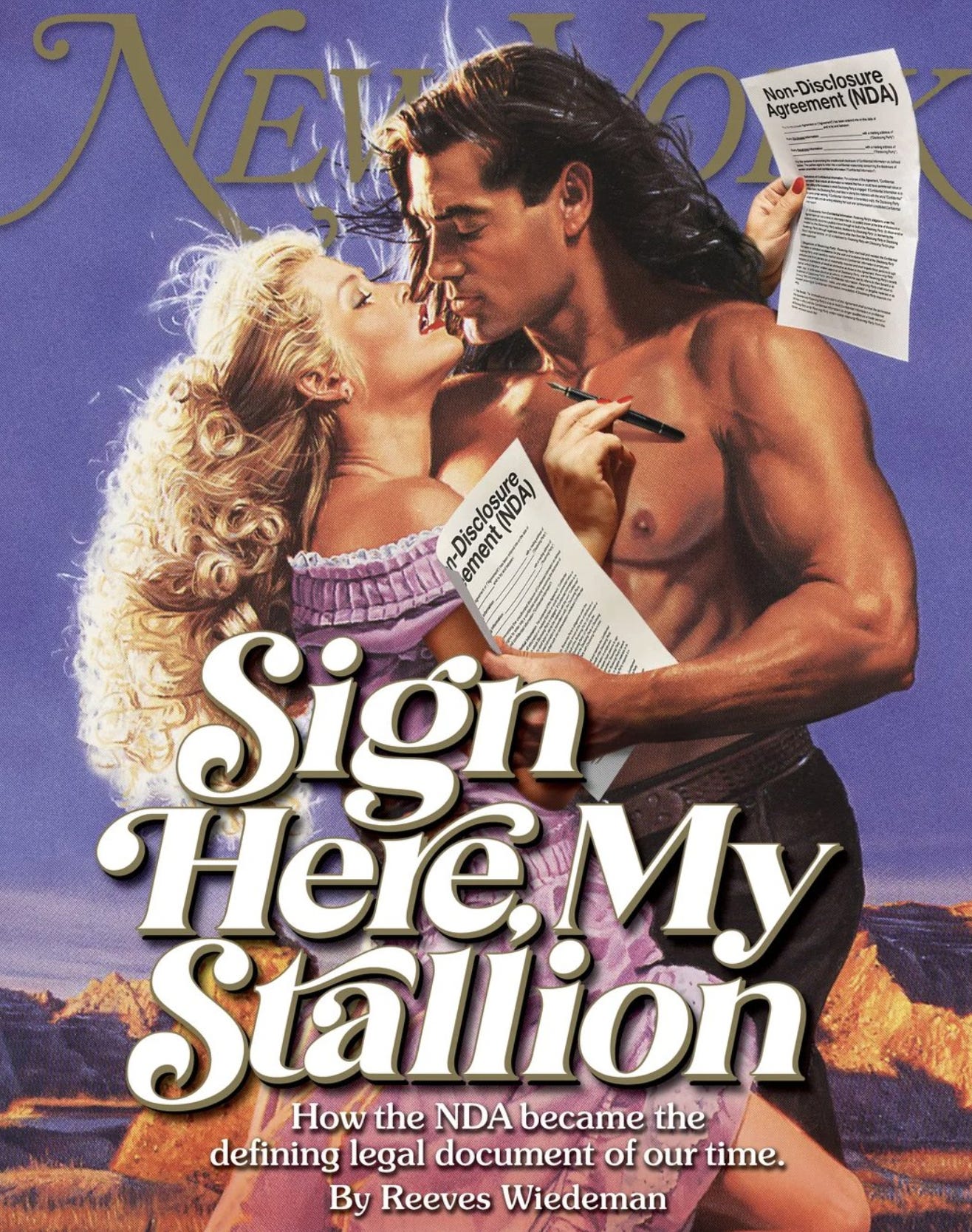Guest Lecture: Annie Kreighbaum
+ a review of Hotel Chelsea's spa, and another writer leaves Substack.
Good morning everyone. Thank you for the birthday wishes over the weekend — today is my real birthday. But instead of taking off, I have a stupendous interview with miss
where she answers questions submitted by Feed Me readers, and a review of Hotel Chelsea’s new spa.In the Guest Lecture interview, Annie discusses everything from where she finds inspiration, what life has been like post-Glossier and post-Soft Services, and her guesses for what the next big beauty M&A deal will be. I’m so lucky that the people who contribute to this interview series are so generous with their words and time.
“It’s confusing to hear advice like ‘do what you love!’… it’s a very privileged way to think, and a recipe for disappointment all around. Accepting hardships and low points is freeing in a lot of ways—it isn’t helpful to always have one foot out the door.” - Annie Kreighbaum
SOME QUICK NEWS:
is leaving Substack! Everyone’s favorite travel newsletter (which has had contributors like
, Pia Baroncini, Chrissy Rutherford, and Sam Youkilis) is building their own site. “While Substack has been a great platform for our newsletters since we launched three years ago, as we’ve grown our contributors and content, we wanted a platform that could be as visual and as searchable as travel deserves to be (and should be). And we wanted to have all of our offerings under one roof.” Curious who else will be moving to their own site before the end of 2024…Air conditioners are getting the DTC cookware treatment. That is, they’re becoming cheap and pretty.
Keith McNally’s daughter is now a SKIMS model. My kind of nepo baby.
There is a Tribeca deli resurgence happening. And we shouldn’t be asking why it’s happening — some things deserve to stay a mystery.
I really enjoyed reading this essay yesterday on Pirate Wires. It’s about the changing media landscape, but also about work and jealousy and what is replicable, and what is not.
GUEST LECTURE: Annie Kreighbaum
This interview is part of a new Feed Me feature called Guest Lecture. In this series, I’ll introduce you all to an expert who I’m curious about, and give paid readers an opportunity to submit questions to them. Later in the week, I’ll then publish their answers, and additional observations that I’ve picked up after spending some time with them.
Annie Kreighbaum is a creative director, writer, and product developer behind everything you love about Glossier and Soft Services. Her Substack,
, has quickly become one of my favorites to read and her podcast, Eyewitness Beauty, has been the source of countless stories I’ve covered on Feed Me. There are rumors that her eyebrows inspired Glossier’s best-selling Boy Brow.I first discovered Annie’s work while twirling around in my desk chair at New York Magazine in 2016. I was attracted to the simplicity of her earliest beauty memories: Chanel counter, Texas Neimans Marcus, sorority houses. Since then, I’ve followed her honest, dry sense of humor on her podcast Eyewitness Beauty (which felt like a secret to discover in the first place because how minimally she and Nick Axelrod-Welk promote it) and her occasional Instagram Lives from her bedroom or hotel rooms in Japan.
When Annie first launched her Substack in April, these were some of the comments her first post got:
Without further ado, and interview (with questions by you) with Annie Kreighbaum.
How do you reconcile creating beautiful products that are nonessential to living with sustainability/consumerism? - Maryah
The reality is that very few products are necessary goods. To get heady about it, the only way to fix what we’ve done to the planet is to deindustrialize, and I don’t know that anyone here really wants to have that conversation. I can let myself get kind of jaded and nihilistic when talking about sustainability in terms of brand marketing—I think we should all be trying to just do less harm.
“I’m a culture snob, so if I had to choose I would say ‘more art,’ vs. ‘more brands,’ but if we’re just measuring by sustainability, Richard Serra’s oeuvre has a much larger carbon footprint than most indie consumer product brands.”
No other industry is innocent if we’re talking about sustainability and consumption. Being in the arts, for instance, is not morally superior. Think about how much waste is created in the entertainment industry—even just under the Disney umbrella. I’m a culture snob, so if I had to choose I would say “more art,” vs. “more brands,” but if we’re just measuring by sustainability, Richard Serra’s oeuvre has a much larger carbon footprint than most indie consumer product brands.
My way of feeling good about making things is asking: Is this needed? Does it already exist? If so, can I make it exponentially better? They’re also the questions to ask when deciding whether or not a product is differentiated and competitive, regardless of how much you care about sustainability. I lack the built-in customer base of an influencer or celebrity, so any product I make has to be above average to get noticed and to sell.
I’ve found that many of the choices which are good for business are often not at odds with the options which do less harm. The project I’m working on now is not a consumable, which is special—I like to think that I can make something which can be used frequently and kept for years. But it can be challenging to think about how to have a healthy business with product like that, and it’s hard to criticize entrepreneurs who don’t. Founders who raise VC money are not incentivized to make perfect products, they’re incentivized to grow at all costs. Nobody wants to hear “I’m making the last ___ you’ll ever need to buy!”














